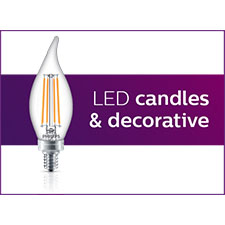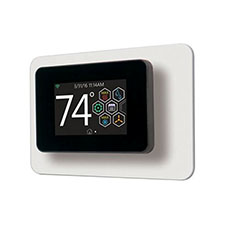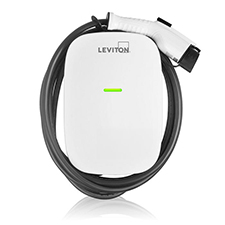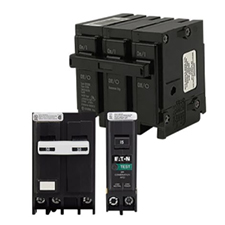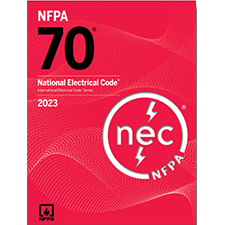Signify
From Theory to Application: Understanding and Implementing Color Temperature and CRI in Lighting Design
Maintaining proper lighting levels, color temperature, and Color Rendering Index (CRI) is crucial for various applications. Color temperature affects the ambiance, while CRI determines color accuracy. LEDs offer flexibility in color temperature, have a high CRI, produce less heat, and are energy-efficient compared to incandescent lamps.
Johnson Controls Inc.
How Communicating Thermostats are Revolutionizing Comfort and Efficiency
Smart, communicating thermostats are transforming HVAC control, offering energy efficiency and comfort. However, their digital communication protocols can pose compatibility challenges for electrical contractors during installation.
Leviton Manufacturing Company
Powering Your New EV: Electricians Guide Buyers Through Charging Options
Electrical contractors will play a role in EV purchasing as buyers consider charging options. Charger amperage and vehicle acceptance rate matter. Adapters ensure compatibility between charging port styles, so buyers needn't worry about future purchases.
Eaton
Increase Revenue and Build Trust with Electrical Home Inspection Services
Home electrical inspections ensure safety, code compliance, and efficiency. They are crucial during renovations and home sales. Regular inspections prevent hazards and increase property value. Offering this service positions electricians as trusted advisors.
IndustrySmarts, Inc
Staying "Current" With the NEC (National Electrical Code)
The National Electrical Code (NEC) is a critical standard for safe electrical installation in the U.S. Staying compliant with the NEC can be challenging, but proactive strategies can help professionals and organizations navigate these challenges, and ensure safety.
Klein Tools, Inc.
Keeping Your Hands Safe: The Cutting Edge of Glove Technology for Electrical Work
Don't let a simple mistake turn into a devastating injury – invest in the right safety gloves. Understanding glove ratings and layering leather protectors over insulated gloves can make all the difference.
